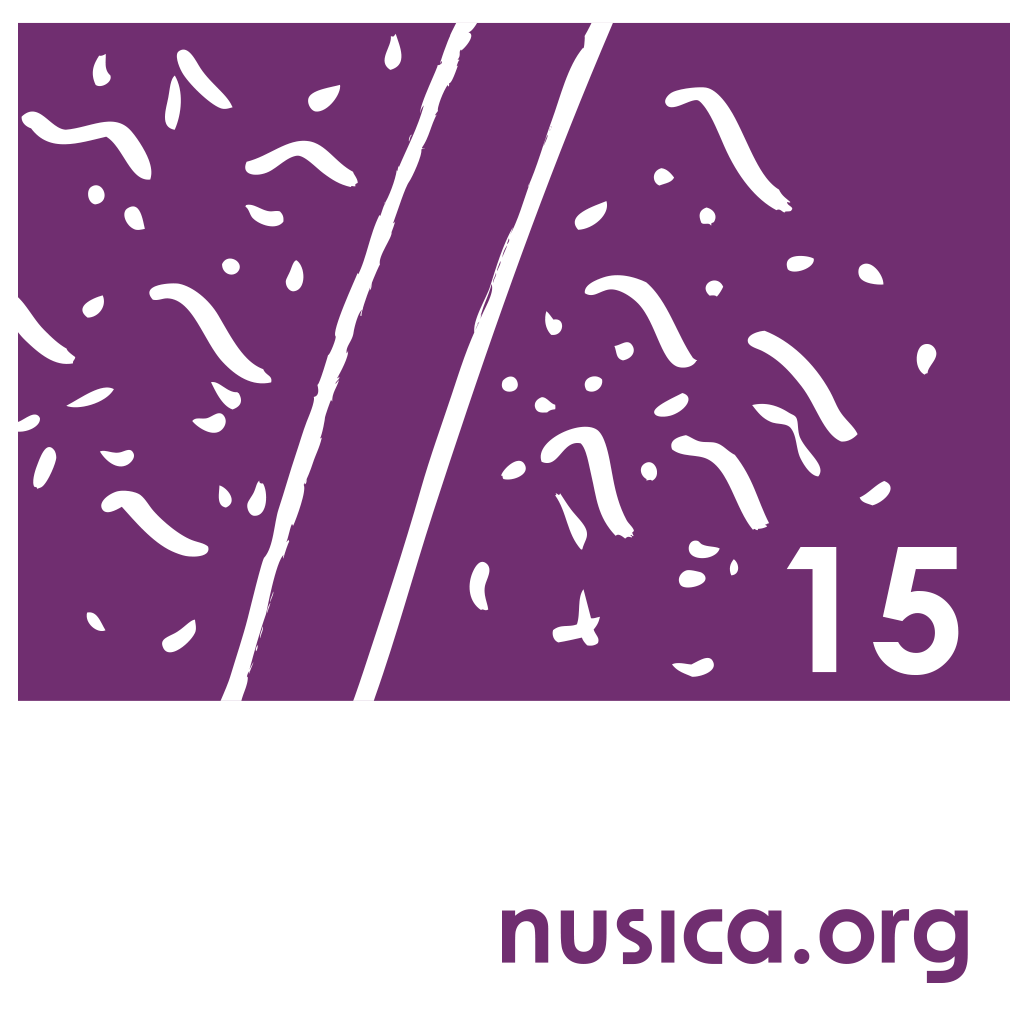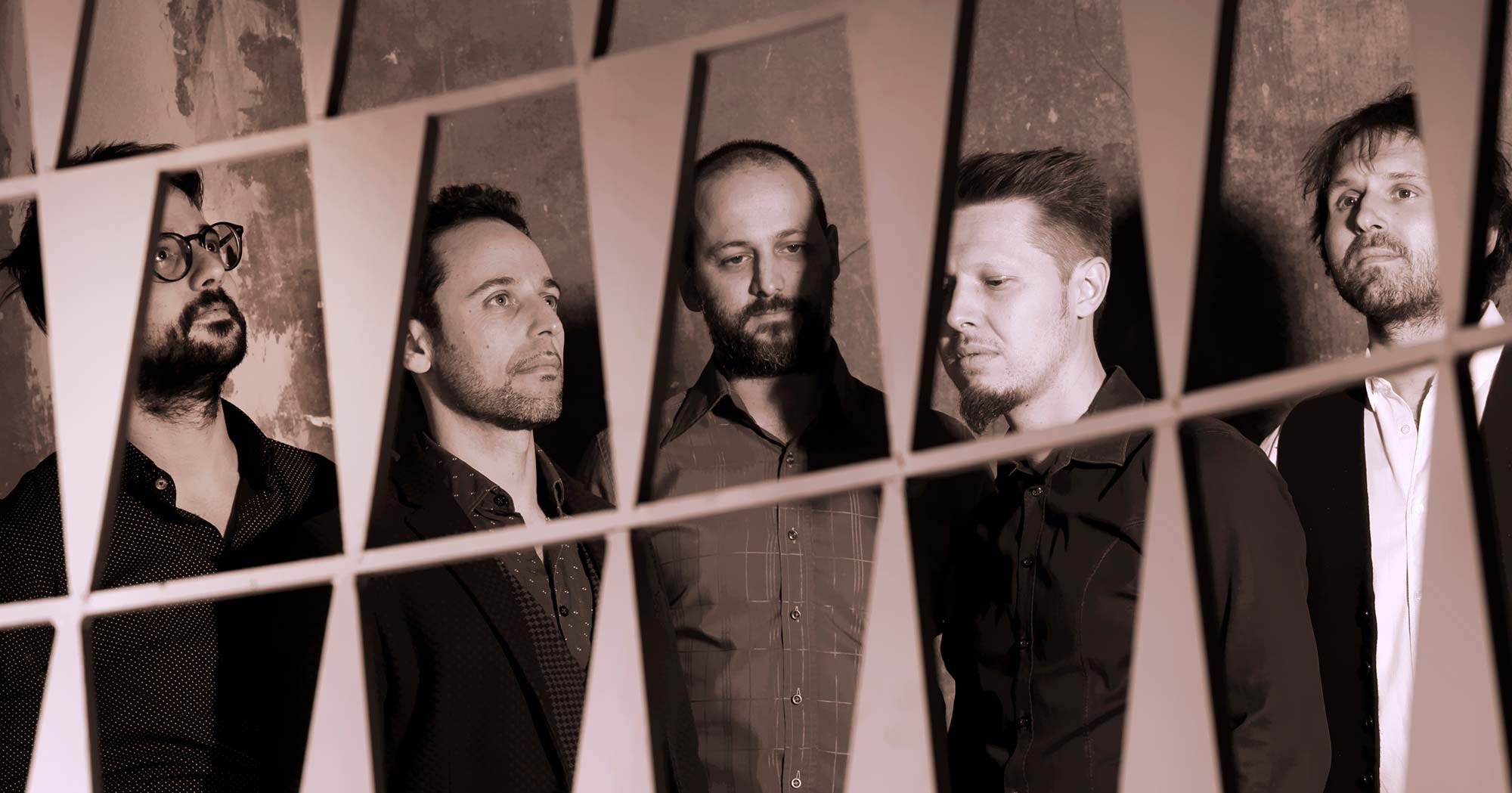15 – Durch
15 Durch
MIRKO PEDROTTI QUINTET
- Mirko Pedrotti (vibraphone)
- Lorenzo Sighel (alto sax & soprano sax, voice)
- Luca Olzer (rhodes, piano & synthesizers)
- Michele Bazzanella (bass)
- Matteo Giordani (drums)
Durch, which means “through”, the album is by the Mirko Pedrotti Quintet (MPQ), a group from the Trentino region of Italy, with Mirko Pedrotti, Lorenzo Sighel, Luca Olzer, Michele Bazzanella and Matteo Giordani, with the cooperation of Valerio De Paola on guitar and Lorenzo Frizzera on guitar.
The tile represents the value of different artistic paths, in juxtaposition with the idea of border: to inspire the entire album, and the three compositions “Durch”, “Frontiera”, and “Frenetique”, is World War I and the recent tensions linked to the closing of the Brennero border. The metaphor of space and time crossing is reflected in the current events and history, where the disappeared demarcation and frontier lines are emerging again like a nightmare.
Like the German preposition’s meaning, the band goes through different musical styles, from jazz to classical, from minimalism to progressive, giving life to a compositional force full of consistency and originality. Every member’s contributions bring different narratives: creativity with timbre, brilliance and evocative qualities of the vibraphone and sax meet the darker and full-bodied hues of the Fender Rhodes, bass and drums, which articulate frequent meter and rhythm changes.
With a multifaceted approach, Durch writes in the MPQ’s history a rite of passage to maturity, marking with originality a young promise of the jazz and Italian musical landscape.
The MPQ formed in 2013 and it is led by vibraphonist and eclectic composer Mirko Pedrotti. He ranges over classical and modern music with the cooperation of Lorenzo Sighel on alto sax, Luca Olzer on Rhodes and synth, Michele Bazzanella on bass and Matteo Giordani on drums. These musicians have accompanied him in the previous two recordings and the artistic process.
Lending an extra hand are Valerio De Paola on guitar and euphonium and Lorenzo Frizzera on guitar. They made contributions on the executive level and with the writing and realization of the last two tracks, Suite-part G and Suite-part H. The piece Rendered is composed by English guitarist C. Montague, who has been a collaborator for several years. Ananda and Igorís Dance are compositions penned by L. Olzer and L. Sighel.



